POWER PLANT MAINTENANCE: WHAT IS REQUIRED AND HOW DRONES CAN HELP
Power Plant Maintenance: What It Involves and How Drones Can Help
Power plant maintenance is a critical process that ensures the safe and efficient operation of energy facilities. It includes inspections, repairs, and upkeep of all equipment and infrastructure within a power plant. Without proper maintenance, even the most advanced systems can fail, leading to costly downtime, safety hazards, and environmental risks.
Maintaining a power plant is an ongoing task that plays a vital role in both the safety of workers and the longevity of the facility. Regular checks and preventive actions are essential to ensure everything runs smoothly and efficiently. Neglecting maintenance can lead to serious consequences, including equipment breakdowns and potential dangers on-site.
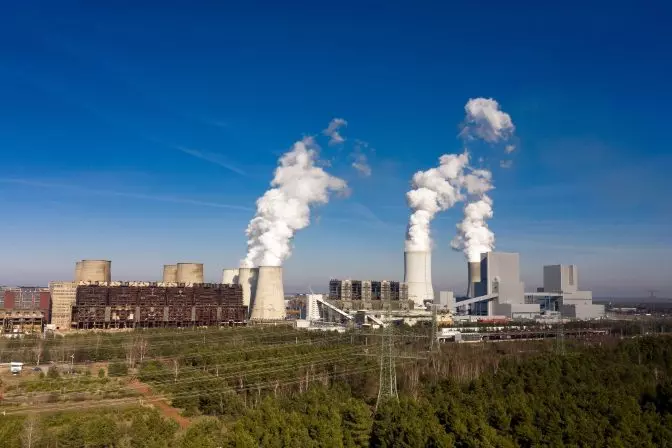 A coal-fired power plant in Eastern Germany
A coal-fired power plant in Eastern Germany
Given the high costs associated with building new power plants, many operators prefer to extend the life of existing facilities. This not only saves money but also reduces the environmental impact of new construction. Effective maintenance is key to achieving this goal and ensuring that power plants continue to operate at peak performance for as long as possible.
Power plant maintenance covers more than just fixing broken parts. It involves regular inspections, equipment installation, reporting, system reviews, and scheduled preventive work. These tasks help keep the plant running safely and reliably day after day.
In this article, we’ll explore how power plants function, what maintenance entails, and how drone technology is revolutionizing the way these essential operations are carried out. We’ll also look at four key ways drones are helping improve efficiency, safety, and cost-effectiveness in power plant maintenance.
Here’s a quick overview of what we’ll cover:
How Power Plants Work
What Is Needed in Power Plant Maintenance?
Four Ways Drones Improve Power Plant Maintenance
Â
How Power Plants Work
The main purpose of a power plant is to convert raw energy sources—such as coal, nuclear heat, or wind—into electricity that can be used by homes and businesses. The most common type of power plant is the thermal power plant, which generates electricity by burning fuel to produce steam that turns a turbine connected to a generator.
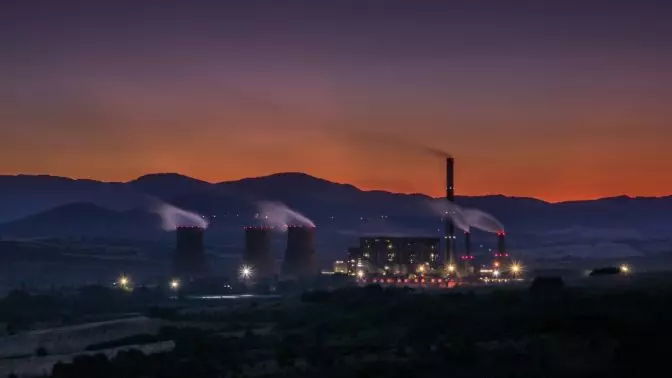 A thermal power plant in Bulgaria
A thermal power plant in Bulgaria
Other types of power plants use natural energy sources like water, sunlight, and wind. For example:
Hydroelectric plants use flowing water to turn turbines.
Solar plants use panels to capture sunlight and generate electricity.
Wind farms use large blades to harness wind energy.
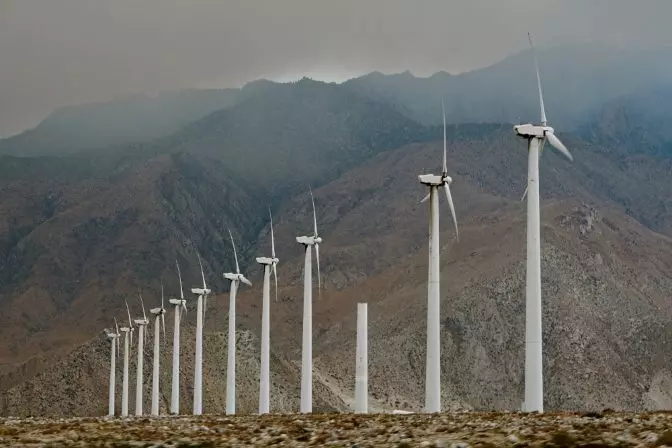 Wind turbines generate power for wind power plants
Wind turbines generate power for wind power plants
Power Plant Maintenance Planning
Effective maintenance planning is essential to keep power plants running safely and efficiently. A dedicated Power Plant Maintenance Engineer typically oversees this process, ensuring that all maintenance activities are conducted according to industry standards.
This engineer doesn’t perform every task alone but rather coordinates with teams, manages schedules, and ensures compliance with safety regulations. Their role is crucial in maintaining the reliability of the plant and minimizing operational disruptions.
Modern power plants rely on advanced systems like SCADA (Supervisory Control and Data Acquisition) and CMMS (Computerized Maintenance Management System) to monitor and manage equipment in real time. These tools help track asset conditions, schedule maintenance, and streamline communication across teams.
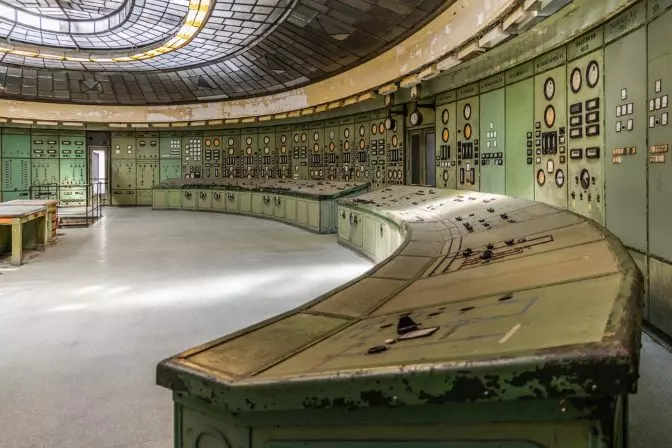 A control room at an old power plant
A control room at an old power plant
Four Ways Drones Help Improve Power Plant Maintenance
Inspections are a vital part of power plant maintenance. They help identify potential issues before they become major problems, ensuring the safety of personnel and the integrity of the plant’s assets.
One of the most challenging aspects of inspections is accessing hard-to-reach or hazardous areas, such as tanks, boilers, and confined spaces. This is where drones come in. They offer a safer, faster, and more efficient alternative to traditional inspection methods.
Here are four key benefits of using drones in power plant maintenance:
1. Enhancing Inspection Safety
Drones eliminate the need for human inspectors to enter dangerous environments. This is especially important in nuclear power plants, where radiation exposure is a significant risk.
Using a drone like Flyability’s Elios 1, Elios 2, or Elios 3 allows inspectors to collect detailed visual data without being exposed to harmful conditions. This not only protects workers but also reduces the costs associated with safety protocols and insurance.
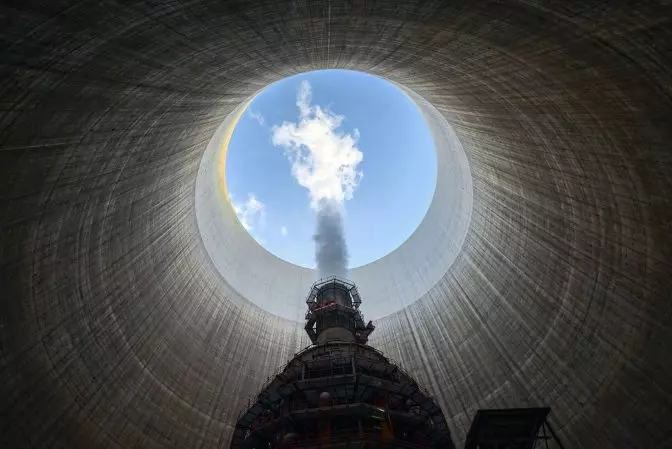 A picture taken by the Elios 1 while inspecting a nuclear power plant
A picture taken by the Elios 1 while inspecting a nuclear power plant
2. Expanding Access to Hard-to-Reach Areas
Drones can access locations that are difficult or impossible for humans to reach. Whether it's the top of a cooling tower or a narrow pipeline, drones provide a clear view and detailed data without requiring scaffolding, ropes, or extensive setup.
This ability to reach tight spaces significantly improves the accuracy of inspections and reduces the time needed to complete them. With the right software, such as Flyability’s Inspector 4.0, inspectors can quickly locate and address issues, minimizing the need for repeated visits.
3. Reducing Costs and Increasing ROI
Drone inspections are not only safer but also more cost-effective. By eliminating the need for scaffolding, paperwork, and extended downtime, companies can save tens of thousands—or even hundreds of thousands—of dollars per inspection.
For example, one power plant reduced the time required for a scrubber inspection by 98% using drones. Another facility managed to conduct internal cooling tower inspections without shutting down any operations, demonstrating the efficiency and flexibility of drone technology.
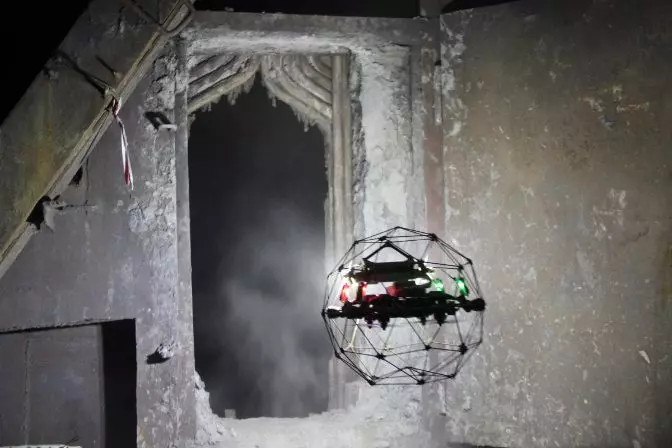 The Elios 2 conducting an inspection at a coal-fired power plant in the Ukraine
The Elios 2 conducting an inspection at a coal-fired power plant in the Ukraine
4. Extending Asset Lifespan
Frequent and accurate inspections enabled by drones help identify small issues before they escalate into major failures. This proactive approach extends the lifespan of critical equipment and reduces the need for costly replacements.
For instance, a single drone inspection uncovered a potential problem in Argentina that would have cost $420,000 to fix if left unchecked. Regular drone-based assessments help companies avoid such situations and maintain optimal performance over time.
Moreover, increased inspection frequency has been shown to reduce environmental impacts, such as CO2 emissions, contributing to a more sustainable energy future.
Drones in Hazardous Environments
While no commercially available drone is currently considered intrinsically safe for explosive environments, there are ways to make these areas drone-friendly. Techniques like nitrogen purges or degassing can create safe conditions for drone operations, allowing for efficient and effective inspections.
By leveraging drone technology, power plants can enhance their maintenance processes, improve safety, and achieve greater efficiency. As the energy sector continues to evolve, the role of drones in power plant maintenance is becoming increasingly essential.
Learn more about how drones can transform your maintenance strategy by visiting the Flyability website and exploring their solutions for the power generation industry.
Girl'S Costumes,Girls Costumes,Fairy Dress Costumes,Girls Carnival Costumes
Leadtex Animation Creative Co., Ltd. , https://www.leadtex.com